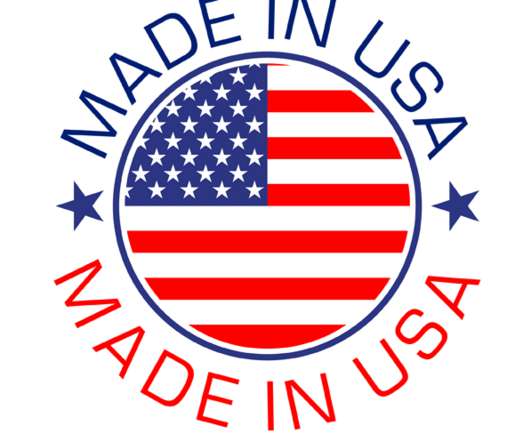This Week in Logistics News (March 13 – 19)
Logistics Viewpoints
MARCH 19, 2021
In April of 2005, just a month after completing my first half marathon (and vowing I would never run a full marathon in my life), I went to the finish line at the Boston Marathon and saw Team Hoyt for the first time. When I saw Team Hoyt cross the finish line in 2005, I turned to my now-wife and said “I want to run next year.”
















Let's personalize your content